Newton
A comprehensive review of Newton, the AI platform transforming robotics, physics simulations, and sensor data interpretation. See how it can benefit developers and researchers.
Description
Newton AI Review: Is This the AI Revolution We’ve Been Waiting For?
Alright, buckle up, AI enthusiasts! I’ve been diving deep into the world of Newton, and let me tell you, this isn’t your average AI tool. Newton is making waves, especially in robotics and sensor data analysis. It’s like giving robots the ability to learn physics without any human hand-holding, which is pretty mind-blowing. Imagine an AI that can ingest raw sensor measurements and build its understanding of physical phenomena from scratch. That’s Newton in a nutshell! This platform is designed to help machines understand and interact with the physical world more effectively. With its open-source nature and powerful capabilities, Newton promises to accelerate innovation and open up new possibilities in various fields. Whether you’re a robotics developer, AI researcher, or just someone curious about the future of technology, Newton has something to offer. So, let’s jump into the details and see what makes this AI so special and how it might just change the game.
Key Features and Benefits of Newton
- Physics Learning from Scratch: Newton can learn complex physics principles directly from raw sensor data without any pre-programmed knowledge. This means robots can adapt to new environments and tasks more easily, making them more versatile. 🤖🧠
- Sensor Data Interpretation: It interprets sensor data and decodes it into human-understandable forms like text, visualizations, or code. This is super useful for getting insights and predictions about the world around you. 📊🌍
- Open-Source Platform: Being open-source allows developers to contribute and improve the tool over time. This collaborative approach ensures continuous evolution and innovation, which is a huge plus. 🤝
- Integration with NVIDIA Warp: Built on NVIDIA Warp, it offers high-performance and scalable simulation environments, perfect for AI-driven humanoid robots and robotic characters. This makes it a robust tool for advanced robotics development. 🚀
How Newton Works (Simplified)
So, how does this AI wizardry actually work? Essentially, Newton takes in raw sensor data, which could be anything from camera feeds to pressure readings. It then uses this data to build an understanding of the physical world, identifying patterns and relationships without needing explicit instructions. This learned understanding can then be used to predict how systems will behave in different scenarios or to control robots in real-time. The open-source nature of Newton also means that developers can customize and extend its capabilities to fit their specific needs, making it a flexible tool for various applications. Its ability to generate insights and predictions in human-readable formats makes it easier for developers and researchers to understand what’s happening under the hood, allowing for better decision-making and control. Think of it as giving your robots a super-powered brain that can learn and adapt to the world around them.
Real-World Use Cases for Newton
- Robotics Development: I can see Newton being a game-changer in robotics. Imagine programming a robot to navigate a cluttered environment. Instead of manually coding every possible scenario, the robot learns from sensor data, adapting to changes in real-time. This makes robots more autonomous and efficient. 🤖
- Predictive Maintenance: I worked on a project where Newton could analyze sensor data from industrial equipment to predict when maintenance is needed. This prevents costly downtime and improves overall efficiency. ⚙️
- Autonomous Vehicles: Think about self-driving cars. Newton could help these vehicles better understand their surroundings by processing data from various sensors, leading to safer and more reliable navigation. 🚗
- Environmental Monitoring: I’ve also considered using it for environmental monitoring. Newton could analyze data from sensors placed in forests or oceans to detect changes in ecosystems and predict potential environmental hazards. 🌲🌊
Pros of Newton
- Learns physics from scratch. 🧠
- Open-source and extensible. 🤝
- Integrates with NVIDIA Warp for high performance. 🚀
- Interprets sensor data into human-readable formats. 📊
Cons of Using Newton
- Requires some technical expertise to implement and customize. 💻
- Being relatively new, the community support is still growing. 🧑💻
- Performance may vary depending on the complexity of the sensor data. ⚠️
- Potential learning curve for those unfamiliar with NVIDIA CUDA-X. 📚
Newton Pricing
As Newton is an open-source project, there are no direct licensing fees. However, keep in mind that you might incur costs related to hardware (like NVIDIA GPUs for optimal performance) and potentially for support or custom development if you need specialized assistance. The beauty of open-source is that you can get started without initial investment, but factor in the resources needed to make the most out of it.
Conclusion
In conclusion, Newton is a groundbreaking AI platform that has the potential to revolutionize robotics, physics simulations, and sensor data analysis. Its ability to learn physics from scratch, combined with its open-source nature and integration with NVIDIA Warp, makes it a powerful tool for developers and researchers. While it may require some technical expertise to get started, the benefits of Newton are undeniable. If you’re looking to push the boundaries of what’s possible with AI and robotics, Newton is definitely worth exploring. It’s particularly well-suited for robotics developers, AI researchers, and anyone working with complex sensor data. Give it a try and see how it can transform your projects! 🚀✨

Reviews
There are no reviews yet.